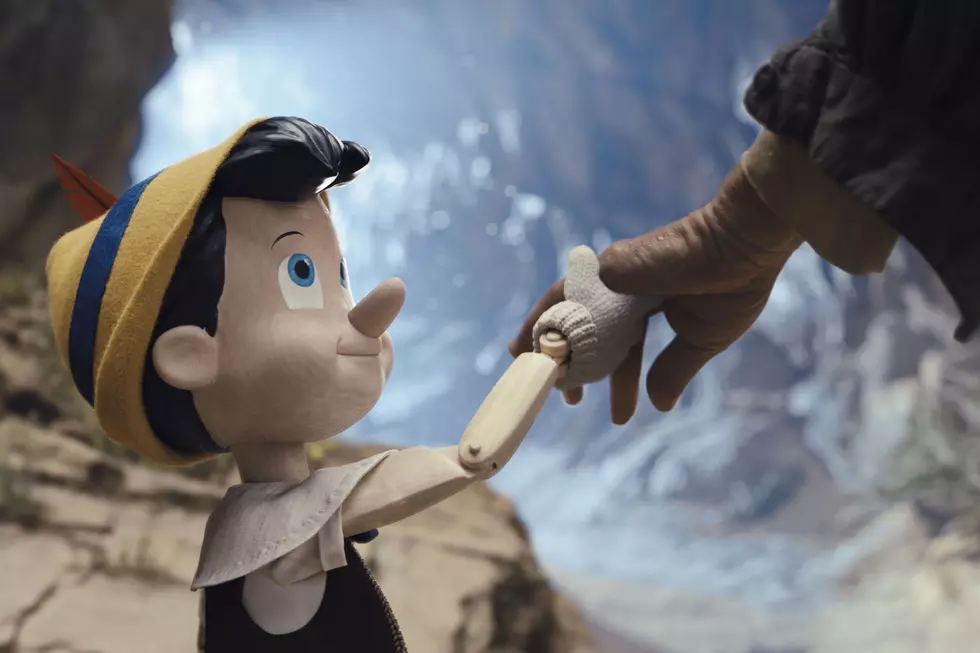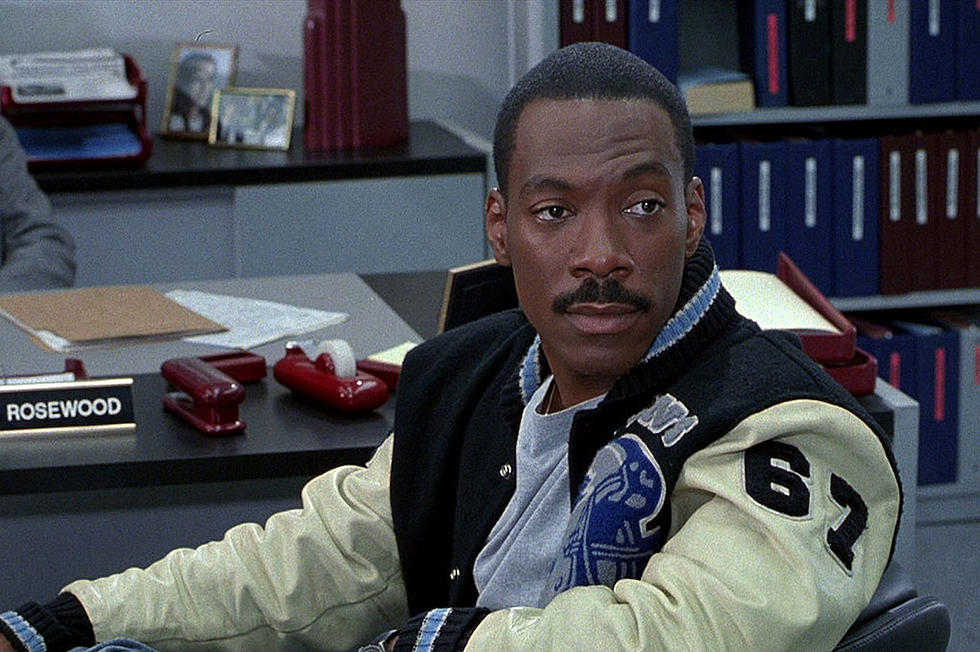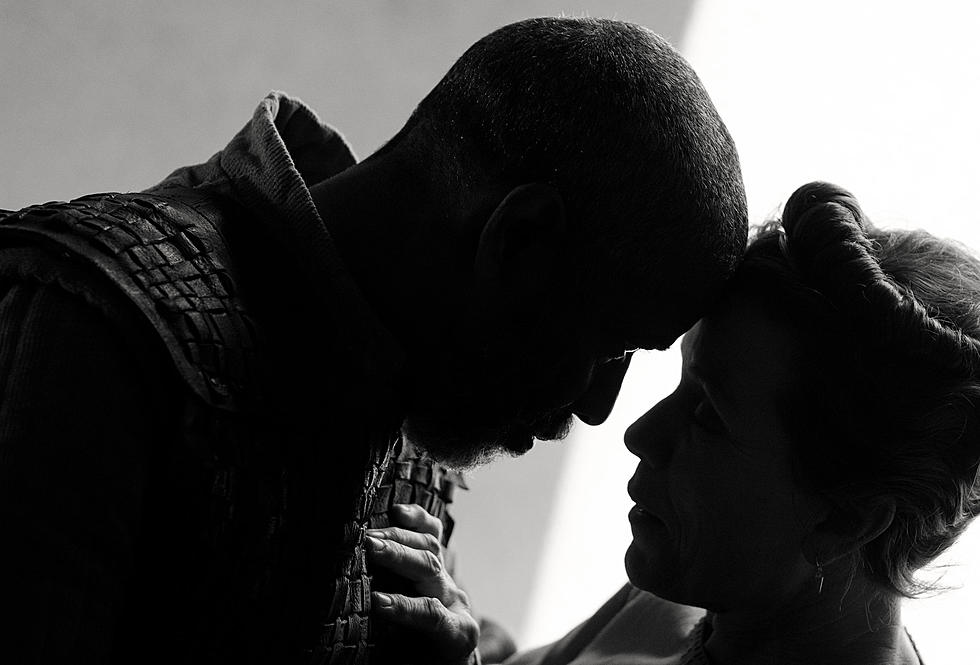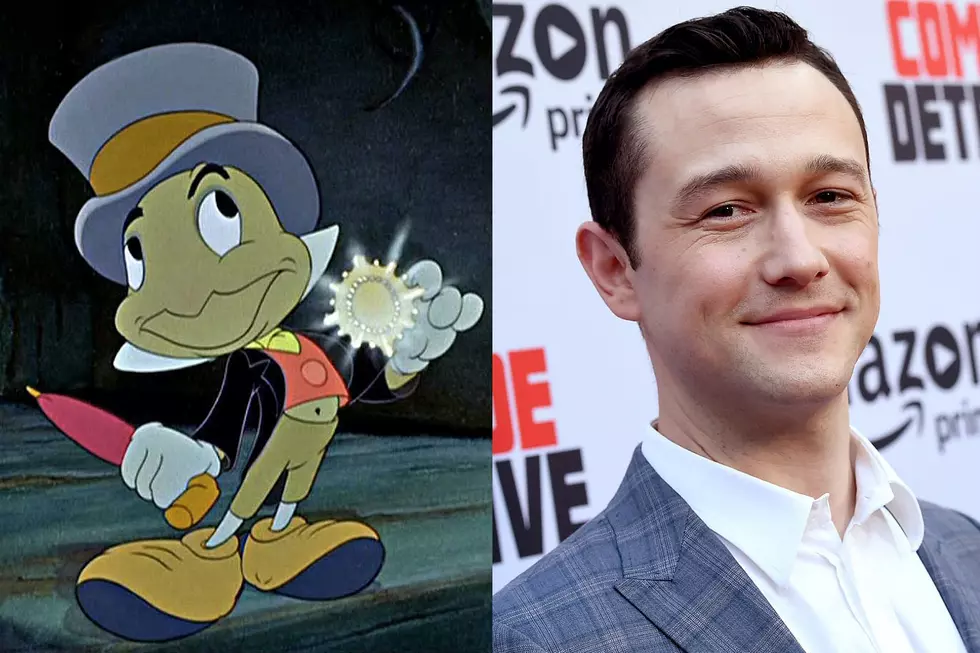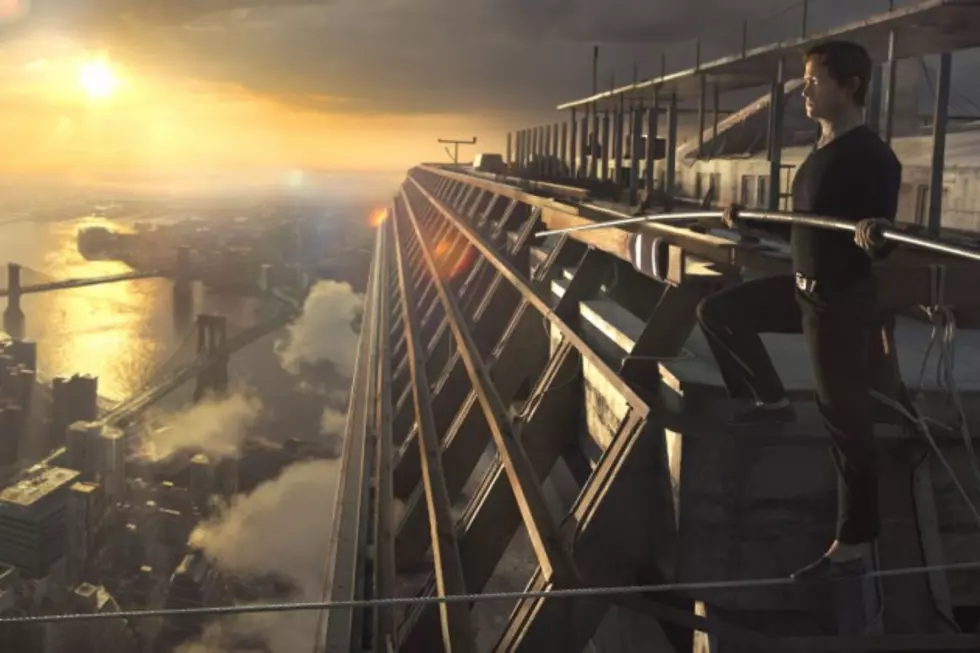
Review: ‘The Walk’ Fails to Capture the Beauty of the Twin Tower High-Wire Feat
Following a screening of Robert Zemeckis’ The Walk, the opening film at the New York Film Festival, the director said part of what inspired his movie was that Philippe Petit’s real-life walk was never captured on film. While there are photographs of Petit walking on a high-wire between the Twin Towers on August 7, 1974 (as explored in the Oscar-winning documentary Man on Wire), video footage of his audacious illegal performance doesn’t exist. In The Walk, Zemeckis attempts to turn this event into an immersive experience with 3D and IMAX, but some moments, especially ones as majestic as Petit’s walk, should’ve remained an unseen mystery.
In The Walk, Joseph Gordon-Levitt plays Petit, an adventurous Frenchman who falls in love with the magic of wire-walking at a young age. With the help of famous wire-walker Papa Rudy (Ben Kingsley), Philippe teaches himself to walk on a rope and begins hanging his wire in Parisian squares to perform for small crowds. When he opens a magazine one day to learn about the new World Trade Center being built in Manhattan, Philippe becomes infatuated with a dream he’ll do anything to make possible – to walk across the void between the towers. Along with his girlfriend Annie Allix (Charlotte Le Bon), close friend Jean-Louis (Benedict Samuel), and a crew of accomplices, Philippe heads to New York City to begin plotting his coup.
Unfortunately, the film dilutes the beauty of the astounding heist and performance Petit pulled off. The cliches begin piling up the moment the film takes us to Paris, shot in black-and-white with hints of color for no purpose other than visual embellishment. Wearing a top hat, Philippe rides his unicycle through the streets of Paris, where he meets Annie, a guitar-playing art student who, in one scene, argues with him via miming. In case the audience didn’t notice this was Paris, Zemeckis gives an extra nudge by playing French renditions of American songs during Philippe’s street performances. While much of these Parisian sequences may be based on Petit’s real life, trite stereotypes turn them into nothing more than an ignorant American take on French culture.
But it’s not just Paris; goofball cliches boil over into the New York sequences, as well. From a hackneyed hippie stoner (has Zemeckis ever even smoked a joint?) to over-the-top NYPD officers who sound like they’re fresh out of West Side Story, many potentially exhilarating moments are weakened with childish antics. The playfulness finally takes a backseat once Philippe and his crew arrive inside the towers. When sneaking in to the South Tower, Philippe and his accomplice Jean-François (César Domboy), who’s terrified of heights, must hide on a beam across an empty elevator shaft for hours. Once they finally get on the roof to begin setting up the wire, Zemeckis teases the audience with dizzying shots dangling on the edge of the buildings. Watching the latter half of The Walk in 3D on an IMAX screen is, to say the least, nerve-wracking.
And finally (finally), the walk. There’s a brief moment of bliss in the film when Gordon-Levitt steps both feet onto the high-wire. Even though the actor may be walking only 12 feet from the ground on a soundstage covered in green screen, moments of his CG-laden walk become magical and feel close to real on screen. But this is a 3D movie, so The Walk quickly loses any semblance of serene beauty for cheap, dramatic thrills. The wire begins to break! Phillipe’s foot is bloody and injured! Pugnacious cops threaten to cut the wire! A bird with red eyes descends from the sky as an omen! The Walk’s walk quickly becomes tasteless, making a mockery of a spectacular feat.
It’s no surprise why the Back to the Future director decided to take on Petit’s magnificent story for the big screen, one which sounds like studio gold for an IMAX movie. Had he made The Walk more of a thriller, Petit’s adventure might have been given a proper telling. As James Marsh’s fantastic 2008 documentary about the high-wire artist revealed, showing less is so much more, especially for a story that is thrilling enough on its own.
While CG can create the impossible for audiences on screen, one unrelenting man, whom many called crazy, created the impossible on top of the two towers with nothing but his own hands and the help of his friends. Something magical happened up on that wire, but after sitting through The Walk, it seems Petit’s 45-minute journey across that wire is best left in the summer of 1974, 1,368 feet up in the sky. If you want to feel the profound and terrifying beauty of his daring walk, rewatch Man on Wire, which captures far more than a pair of 3D glasses can achieve.
More From ScreenCrush

